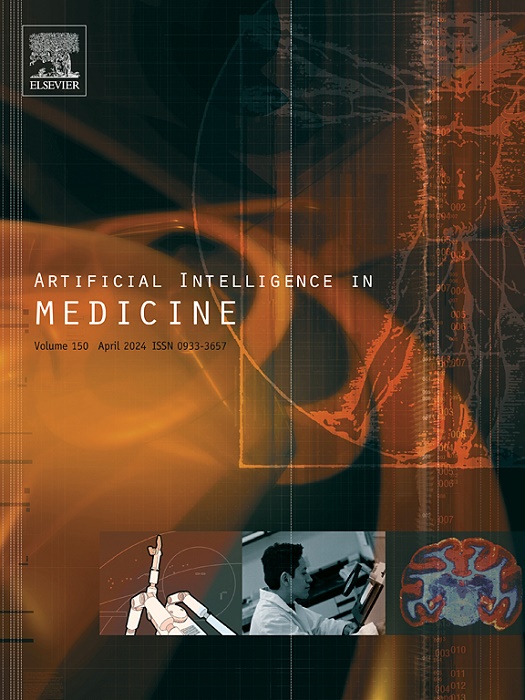GraphCF: Drug–target interaction prediction via multi-feature fusion with contrastive graph neural network
IF 6.2
2区 医学
Q1 COMPUTER SCIENCE, ARTIFICIAL INTELLIGENCE
引用次数: 0
Abstract
Drug–target interaction (DTI) is paramount in drug discovery and repurposing, which involves screening for effective candidate drugs by targeting specific proteins. Existing methods often focus on one or two representations of drugs or targets, and little has been explored regarding 3D structures. Moreover, how to capture interactions between multi-modal features comprehensively is also a key issue. A multi-modal interaction fusion method called GraphCF is proposed to overcome these limitations. Specifically, GraphCF uses a MixHop aggregator to gather higher-order neighborhood information between nodes in the DTI topological network and incorporate graph contrastive learning to capture more discriminative 2D representations of drugs and targets. Additionally, GraphCF utilizes convolutional neural networks and graph neural networks to extract the sequence and 3D structural features of drugs and targets, respectively. Then, GraphCF employs a cross-attention-based multi-feature fusion module to facilitate information interaction and fusion among multi-modal feature representations. GraphCF is evaluated and compared with some advanced methods on four public datasets, and the results demonstrate the competitive performance of GraphCF in DTI prediction.
GraphCF:基于对比图神经网络的多特征融合药物-靶标相互作用预测
药物-靶标相互作用(DTI)在药物发现和再利用中至关重要,它涉及通过靶向特定蛋白质筛选有效的候选药物。现有的方法通常集中在药物或靶标的一种或两种表示上,很少有关于3D结构的探索。此外,如何全面捕捉多模态特征之间的相互作用也是一个关键问题。为了克服这些限制,提出了一种称为GraphCF的多模态交互融合方法。具体来说,GraphCF使用MixHop聚合器来收集DTI拓扑网络中节点之间的高阶邻域信息,并结合图对比学习来捕获更具判别性的药物和目标的二维表示。此外,GraphCF利用卷积神经网络和图神经网络分别提取药物和靶点的序列和三维结构特征。然后,GraphCF采用基于交叉注意的多特征融合模块,实现多模态特征表示之间的信息交互和融合。在4个公共数据集上对GraphCF与一些先进的方法进行了评估和比较,结果表明GraphCF在DTI预测方面具有竞争力。
本文章由计算机程序翻译,如有差异,请以英文原文为准。
求助全文
约1分钟内获得全文
求助全文
来源期刊

Artificial Intelligence in Medicine
工程技术-工程:生物医学
CiteScore
15.00
自引率
2.70%
发文量
143
审稿时长
6.3 months
期刊介绍:
Artificial Intelligence in Medicine publishes original articles from a wide variety of interdisciplinary perspectives concerning the theory and practice of artificial intelligence (AI) in medicine, medically-oriented human biology, and health care.
Artificial intelligence in medicine may be characterized as the scientific discipline pertaining to research studies, projects, and applications that aim at supporting decision-based medical tasks through knowledge- and/or data-intensive computer-based solutions that ultimately support and improve the performance of a human care provider.
 求助内容:
求助内容: 应助结果提醒方式:
应助结果提醒方式:


